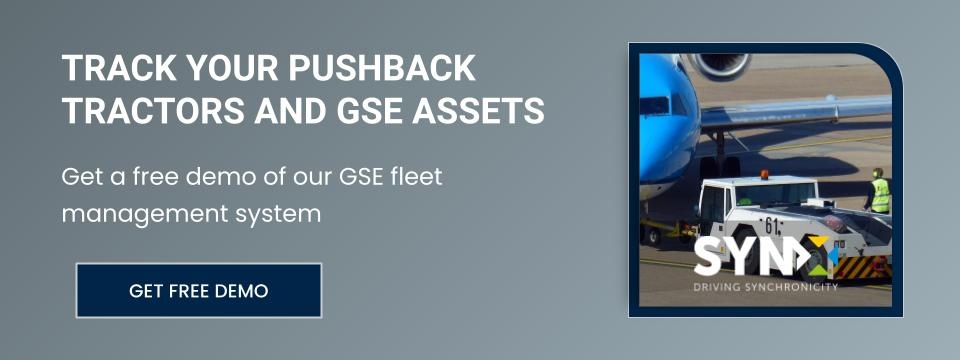![]()
In today's dynamic business landscape, tracking systems have become an imperative. Our fast-paced economy demands constant vigilance over assets and vehicles, making tracking technologies necessary in various industries. Fleet telematics have revolutionized the way businesses operate by providing 24/7 visibility into the utilization of vehicles and assets. These invaluable data empower decision-makers to optimize operations, offering insights into fuel consumption, necessary maintenance, and driver behaviour, ultimately ensuring efficiency and cutting operational costs.
While the advantages of tracking systems are evident, there is no universal solution that fits all fleets seamlessly. Depending on the diversity of operational needs, companies will employ different systems and levels of personalization.
In this blog post, we will explain the differences between 2 particular systems: asset tracking and traditional GPS tracking. We will outline their respective advantages, and guide businesses in determining which solution aligns best with their specific fleet requirements.
How does traditional GPS tracking work?
Traditional GPS tracking involves the use of vehicle tracking software connected to a tracking device installed on the dashboard.
GPS technology determines the location of the vehicle at any time by means of frequent updates and collects vehicle metrics that are cross-checked with location and time, such as speed, fuel/energy consumption, vehicle performance and driving behaviour which can be used to optimise routes, quickly respond to changing circumstances and get more visibility on the activities of the fleet.
Traditional GPS tracking is the ideal ally not only for logistics and transportation companies, but potentially for any business relying on vehicles, such as government fleets, delivery companies and rental services, to mention just a few, to generate further efficiencies and get a complete picture of their activity.
How does asset tracking work?
Asset tracking is designed for high-value equipment with no engine or power sources, such as trailers, heavy machinery, containers, or cargo material. It is ideal in those industries that make wide use of mixed equipment (vehicles + assets), like construction, logistics, manufacturing and aviation.
Asset trackers are special battery-powered devices that require a very simple installation with no external wires or antennas, are configurable over the air, robust against any weather condition and boast a long battery life.
The data collected from asset trackers is converted into reports and tables within a telematics software, offering complete control over vehicles and assets, locating them at any time from a single platform, protecting them from theft and improving their utilisation.
Which tracking device shall I choose?
The choice between GPS or asset tracker depends on the nature of your fleet and the equipment it comprises. Construction fleets may consist of vans and trucks as well as of heavy machinery or generators, that are not constantly in use but need to be secured. If in doubt, ask our experts: combined with our GPS tracking and fleet management range, Transpoco Pulse is your go-to asset tracking solution.

.jpg?width=352&name=manager-examines-tablet-checking-fleet-details-white-delivery-vans-parked-neatly-commercial-lot-clear-blue-skies%20(4).jpg)
